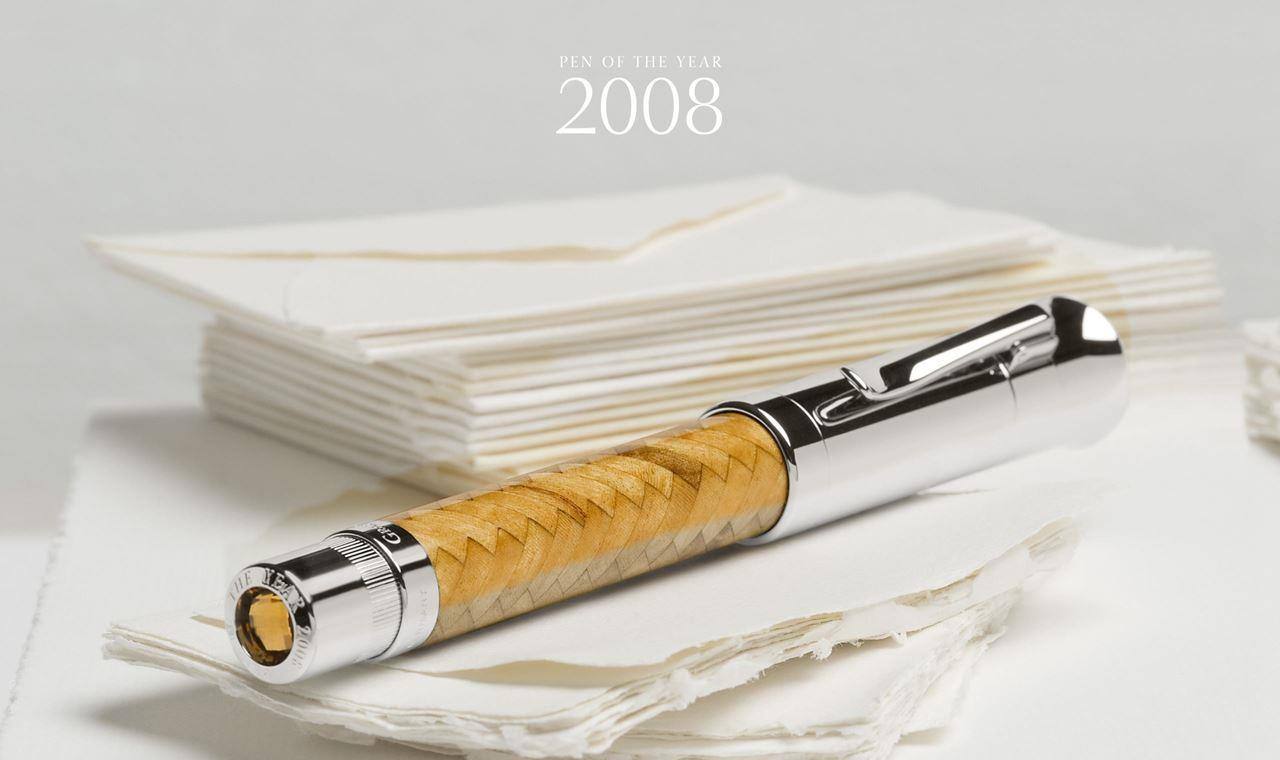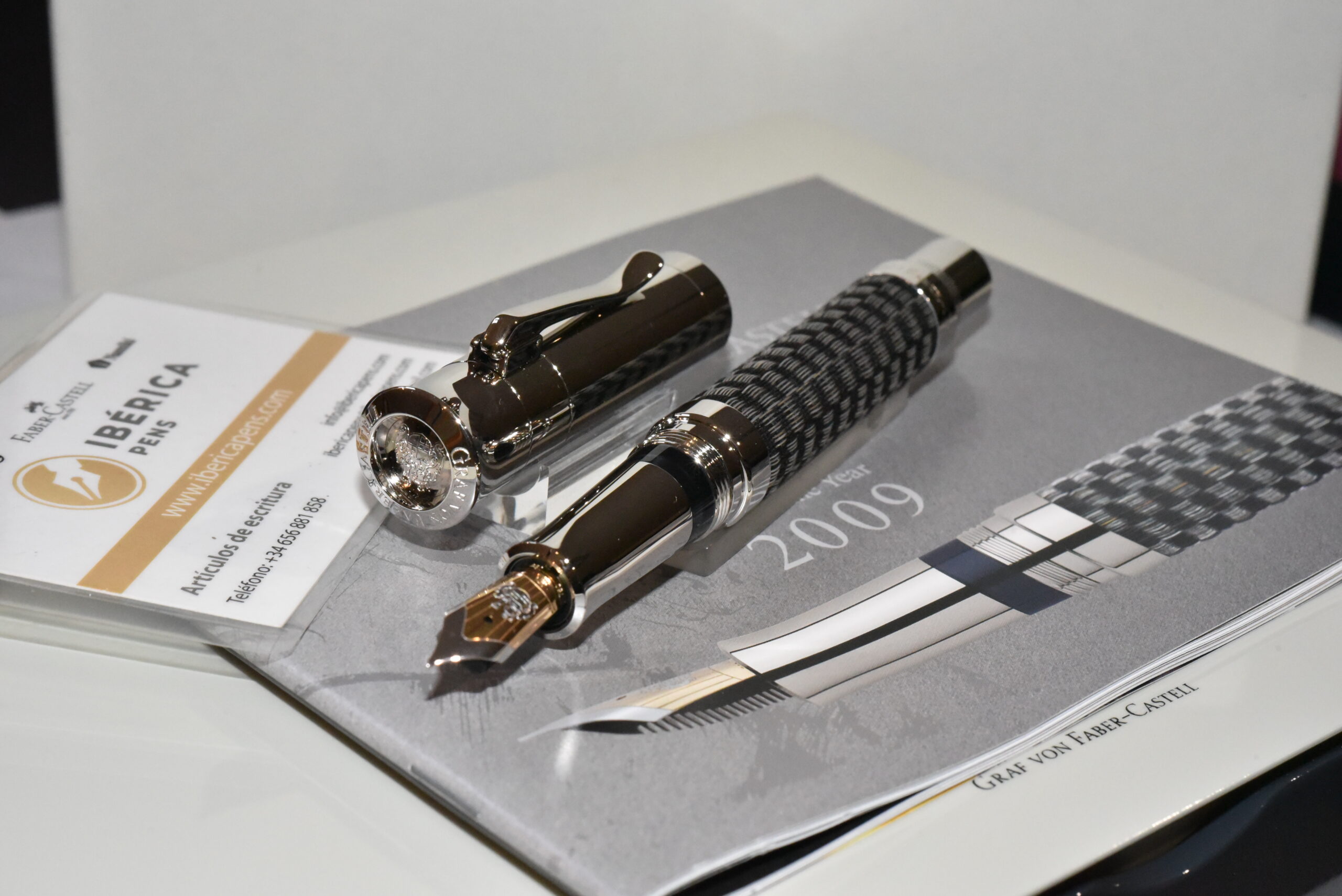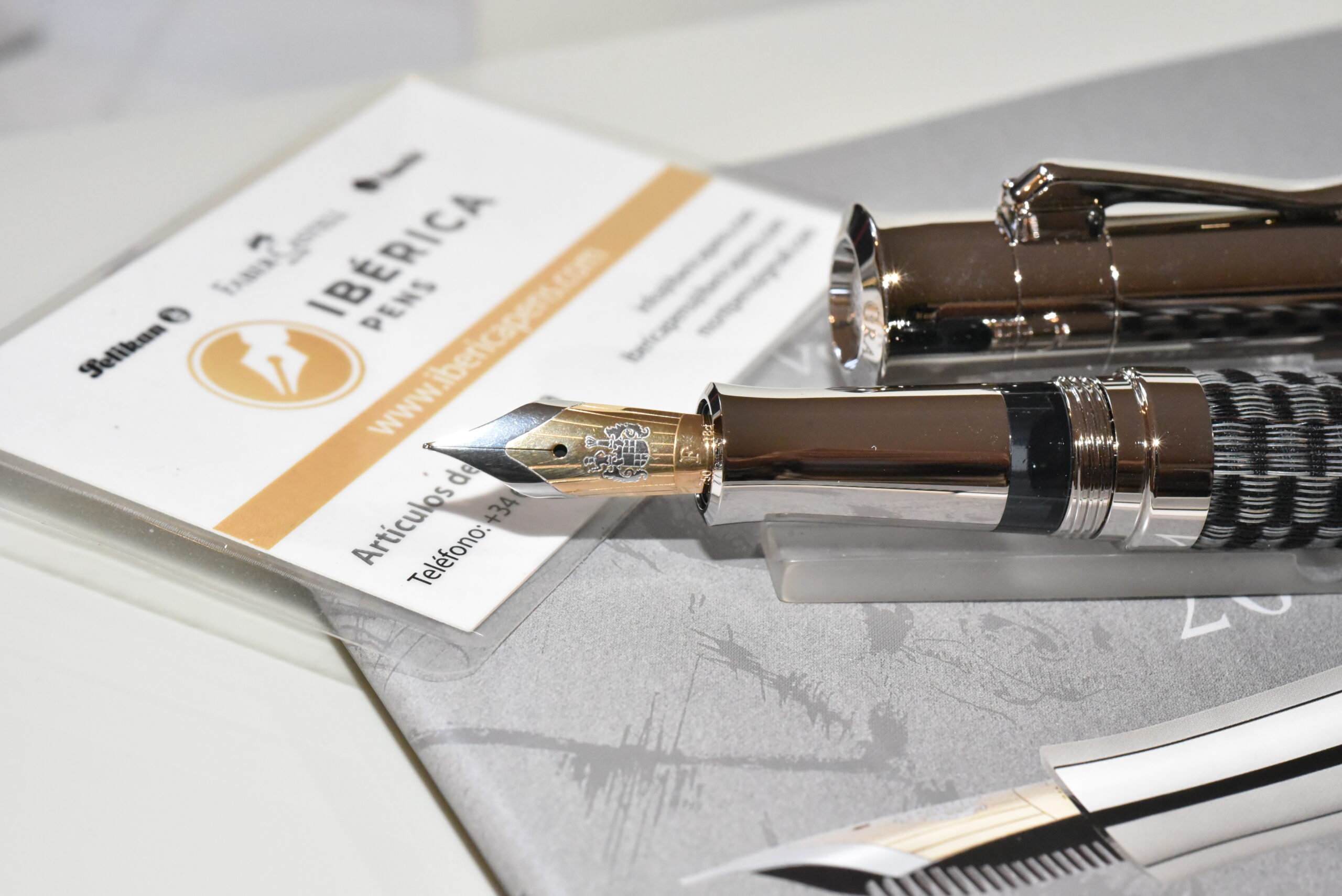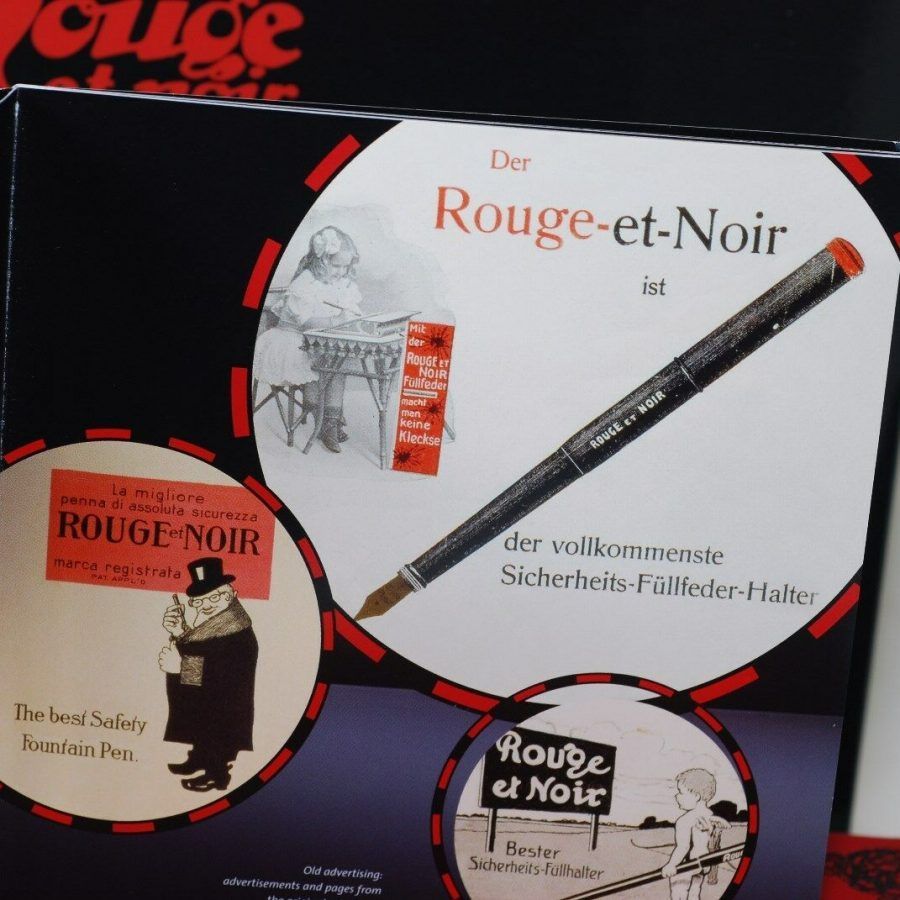Graf Von Faber Castell Pen Of The Year 2008 Satin De La India fountain pen
2.800,00€
Absolutely exquisite
In addition to floral motifs, designers in the early 20th century used to experiment with the possibilities offered by abstract shapes.
A clear example is the herringbone design, in which natural inspiration and the intersection of angles and geometric lines complement each other perfectly. Especially used in refined fabrics and sober parquet floors, it adorns the most exquisite furniture, including the work desk of Countess Ottilie von Faber-Castell.
With roots in this design, the 2008 Special Edition fountain pen features a body in which a sheen of countless nuances comes to life with every movement.
Out of stock
Description
Views: 39
Personality and charisma
While still very young, Ottilie von Faber became the universal heir to a world-renowned company, a rare occurrence for a lady of her time. History shows that Lothar made a more than wise decision.
With her expressiveness and entrepreneurial spirit, Ottilie brought new life to her family business.
Her private room in her castle that her husband Alexander erected in her honor included a space for the arts or drawing room. This is where Ottilie used to retire to read, play music or any other creative discipline. The coffered ceiling of the room was made of valuable satin wood from India, known as lemon wood because of its intense aroma. For this reason, the room was dubbed the Lemon Room.
In the early 1900s, new artistic trends, the avant-gardes, merged with traditional currents. Technical innovations, such as art nouveau and the first samples of modern design experienced a boom, coexisting with a reinterpretation of the Imperial neoclassical style and the Biedermayer Victorian style.
This amalgamation of trends runs through the Lemon Room of the Faber-Castell castle, created and designed by the great master Bruno Paul. Architect, artist and designer, he stood out for his personal combination of elegance and modernity. One of the most famous disciples of his was Mies van der Rohe. A fame that lasts to this day since, recently, the well-known designer Karl Lagerfeld has shown his admiration for his unique conception of art.
Extraordinary presentation
Each of the pieces is numbered inside the cap and is presented in an attractive gift box that includes an information booklet and a certificate of authenticity.
The personal signature of the Count of Faber-Castell guarantees both the authenticity of the satin wood and the limited nature of this edition.


 Español
Español 






